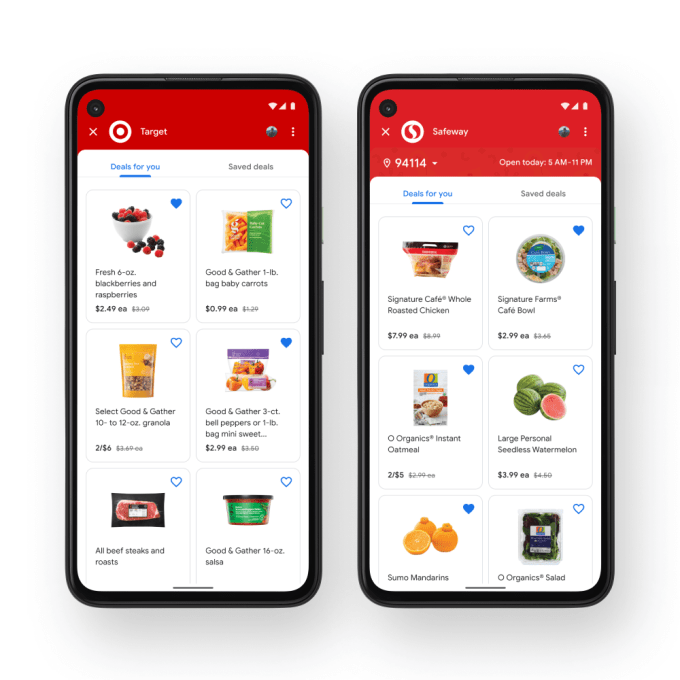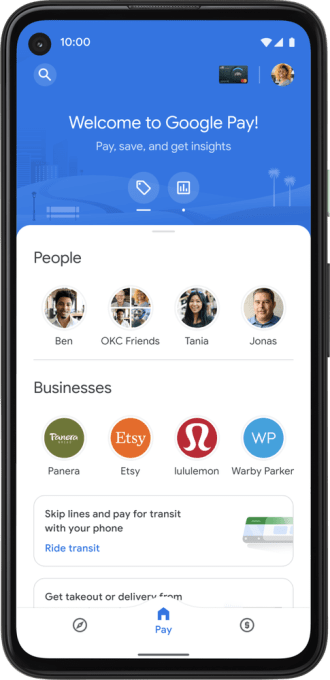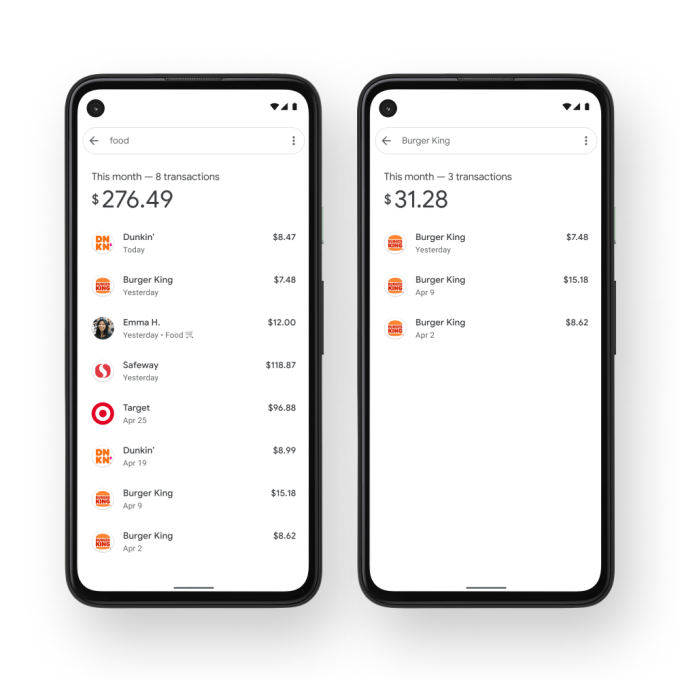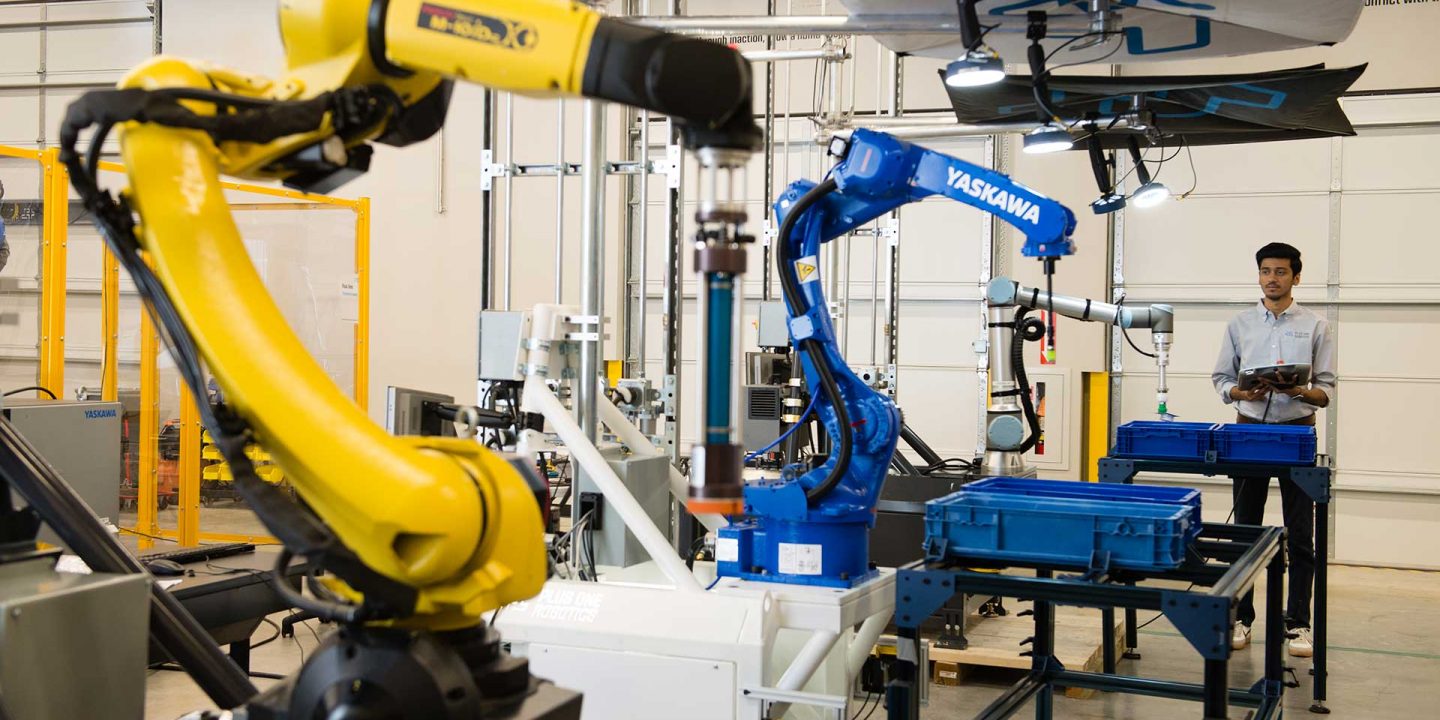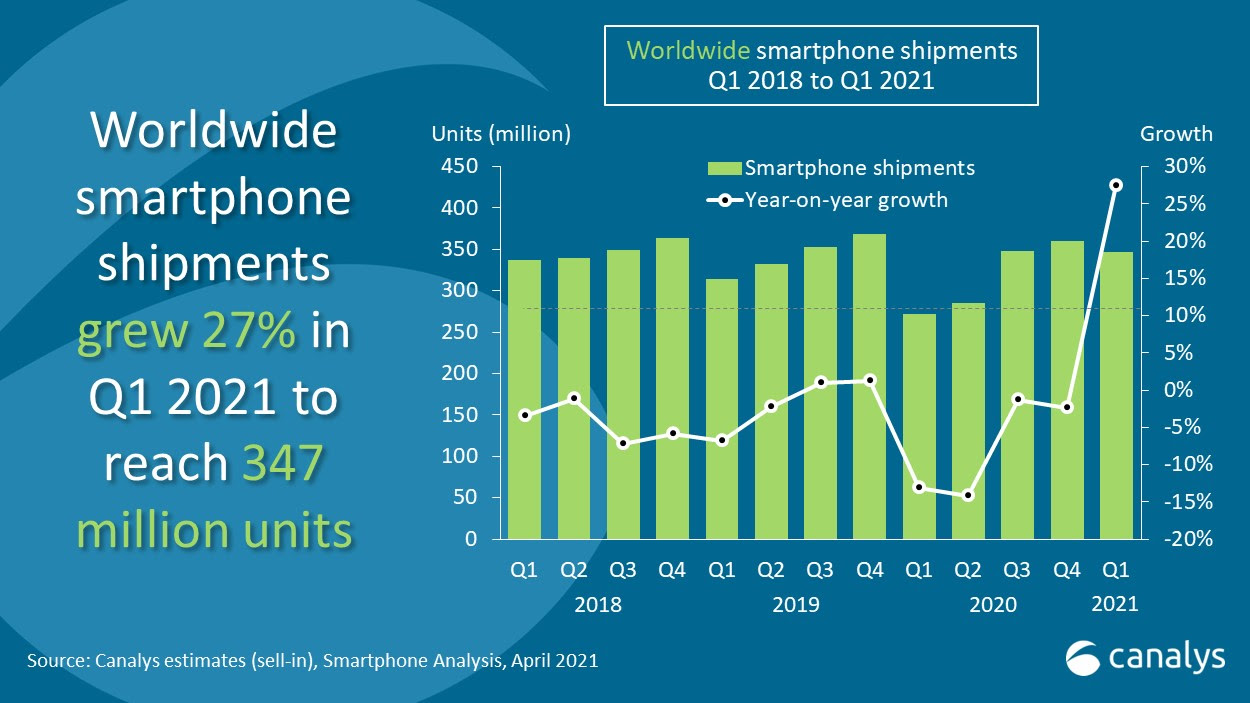IBM today made another acquisition to deepen its reach into providing enterprises with AI-based services to manage their networks and workloads. It announced that it is acquiring Turbonomic, a company that provides tools to manage application performance (specifically resource management), along with Kubernetes and network performance, part of its bigger strategy to bring more AI into IT ops, or as it calls it, AIOps.
Financial terms of the deal were not disclosed but according to data in PitchBook, Turbonomic was valued at nearly $1 billion — $963 million, to be exact — in its last funding round in September 2019. A report in Reuters rumoring the deal a little earlier today valued it at between $1.5 billion and $2 billion, and a source tells us the figure is accurate.
The Boston-based company’s investors included General Atlantic, Cisco, Bain, Highland Capital Partners, and Red Hat. The last of these, of course, is now a part of IBM (so it was theoretically also an investor), and together Red Hat and IBM have been developing a range of cloud-based tools addressing telco, edge and enterprise use cases.
This latest deal will help extend that further, and it has more generally been an area that IBM has been aggressive in recently. Last November IBM acquired another company called Instana to bring application performance management into its stable, and it pointed out today that the Turbonomic deal will complement that and the two technologies’ tools will be integrated together, IBM said.
Turbonomic’s tools are particularly useful in hybrid cloud architectures, which involve not just on-premise and cloud workloads, but workloads that typically are extended across multiple cloud environments. While this may be the architecture people apply for more resilience, reasons of cost, location or other practicalities, the fact of the matter is that it can be a challenge to manage. Turbonomic’s tools automate management, analyse performance, and suggest changes for network operations engineers to make to meet usage demands.
“Businesses are looking for AI-driven software to help them manage the scale and complexity challenges of running applications cross-cloud,” said Ben Nye, CEO, Turbonomic, in a statement. “Turbonomic not only prescribes actions, but allows customers to take them. The combination of IBM and Turbonomic will continuously assure target application response times even during peak demand.”
The bigger picture for IBM is that it’s another sign of how the company is continuing to move away from its legacy business based around servers and deeper into services, and specifically services on the infrastructure of the future, cloud-based networks.
“IBM continues to reshape its future as a hybrid cloud and AI company,” said Rob Thomas, SVP, IBM Cloud and Data Platform, in a statement. “The Turbonomic acquisition is yet another example of our commitment to making the most impactful investments to advance this strategy and ensure customers find the most innovative ways to fuel their digital transformations.”
A large part of the AI promise in the world of network operations and IT ops is how it will afford companies to rely more on automation, another area where IBM has been very active. (In a very different application of this technology — in business services — this month, it acquired MyInvenio in Italy to bring process mining technology in house.)
The promise of automation, meanwhile, is lower operation costs, a critical issue for managing network performance and availability in hybrid cloud deployments.
“We believe that AI-powered automation has become inevitable, helping to make all information-centric jobs more productive,” said Dinesh Nirmal, General Manager, IBM Automation, in a statement. “That’s why IBM continues to invest in providing our customers with a one-stop shop of AI-powered automation capabilities that spans business processes and IT. The addition of Turbonomic now takes our portfolio another major step forward by ensuring customers will have full visibility into what is going on throughout their hybrid cloud infrastructure, and across their entire enterprise.”


